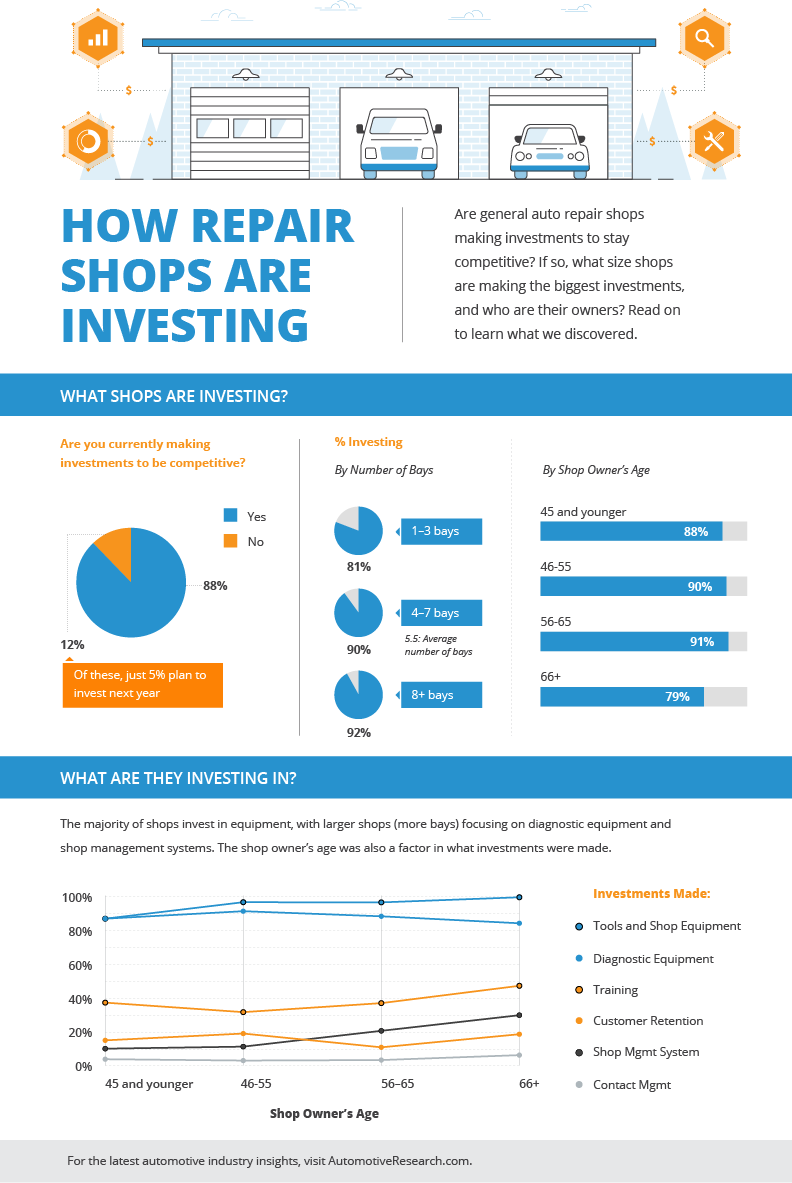When you're behind the wheel, those glowing caution lights on your control panel can be a little bit perplexing. Do you understand what they're attempting to tell you regarding your car's health and wellness? Comprehending the significance of these lights is crucial for your security and the longevity of your automobile. So, the following time one of those lights turns up, would not you wish to decipher its message accurately and take the required actions to address it?
Common Caution Lighting and Interpretations
Identify common caution lights in your auto and understand their definitions to ensure safe driving.
detail car cleaning consist of the check engine light, which indicates concerns with the engine or exhausts system. If https://www.claimsjournal.com/news/national/2022/07/25/311741.htm begins, it's crucial to have your vehicle examined promptly.
The oil pressure warning light shows reduced oil pressure, calling for immediate attention to prevent engine damages.
A blinking battery light could recommend a damaged billing system, potentially leaving you stranded otherwise attended to.
The tire pressure monitoring system (TPMS) light informs you to reduced tire pressure, influencing lorry stability and fuel effectiveness. Overlooking this might lead to unsafe driving conditions.
The ABS light suggests an issue with the anti-lock stopping system, compromising your ability to quit quickly in emergency situations.
Lastly, the coolant temperature advising light warns of engine overheating, which can cause severe damage if not resolved promptly.
Comprehending these common warning lights will help you address issues promptly and preserve safe driving problems.
Significance of Prompt Attention
Recognizing the typical caution lights in your automobile is only the primary step; the significance of without delay resolving these warnings can't be highlighted enough to ensure your security when driving.
When a caution light illuminates on your dashboard, it's your auto's means of interacting a prospective issue that needs focus. Ignoring these warnings can result in extra extreme problems down the road, compromising your safety and security and possibly costing you much more out of commission.
Prompt attention to warning lights can stop malfunctions and crashes. For example, a flashing check engine light can indicate a misfire that, if left ignored, can create damage to the catalytic converter. Resolving this promptly can save you from a costly repair work.
Similarly, a brake system advising light might signal low brake liquid or worn brake pads, essential elements for your safety and security when driving.
Do It Yourself Troubleshooting Tips
If you discover a warning light on your control panel, there are a few DIY repairing tips you can try prior to seeking professional aid.
The very first step is to consult your vehicle's manual to understand what the specific caution light indicates. Often the issue can be as straightforward as a loose gas cap triggering the check engine light. Tightening the gas cap might settle the issue.
One more usual issue is a reduced battery, which can activate different advising lights. Inspecting the battery links for deterioration and ensuring they're protected could repair the problem.
If a caution light persists, you can try resetting it by disconnecting the cars and truck's battery for a couple of mins and after that reconnecting it. In addition, examining your lorry's fluid levels, such as oil, coolant, and brake fluid, can aid troubleshoot advising lights related to these systems.
Conclusion
To conclude, recognizing your automobile's caution lights is vital for keeping your car running efficiently and securely. By quickly addressing these alerts and recognizing what they indicate, you can stay clear of costly repairs and prospective failures.
Remember to consult your car's manual for certain information on each warning light and do something about it as necessary to make sure a hassle-free driving experience.
Keep educated, remain carinteriorcleaning when traveling!
